10 moments that shaped the African-American history of Goshen College
You’ve probably heard of Yoder, Miller and Kratz, but have you also heard of Lark, Berry and Dyson? Each February, Goshen College joins individuals and organizations across the U.S. in recognizing Black History Month. In addition to honoring the stories and contributions of African-Americans in our national history during this month, we also call attention to the stories and contributions of African-Americans in GC’s history.
Below are 10 moments that not only shaped the African-American history of Goshen College, but that have been integral in shaping GC into who we are today:
-
1943
Juanita Lark became the first African-American to graduate from Goshen College. Lark was the daughter of James H. Lark, the Mennonite Church’s first ordained Black bishop.
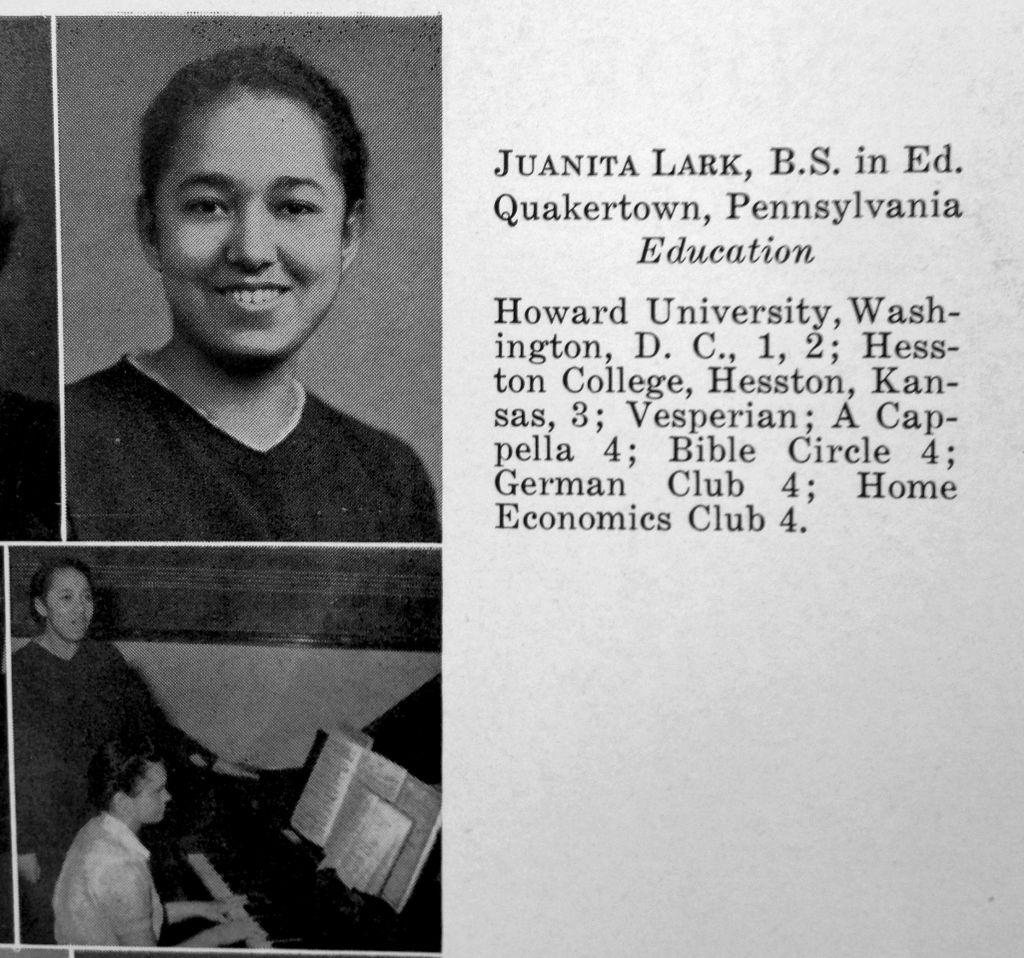
Juanita Lark as pictured in the 1943 Goshen College Maple Leaf yearbook. -
1960
Dr. Martin Luther King Jr. presented a lecture at Goshen College. Another prominent African-American visitor during the turn of the decade was singer Marian Anderson in 1958.
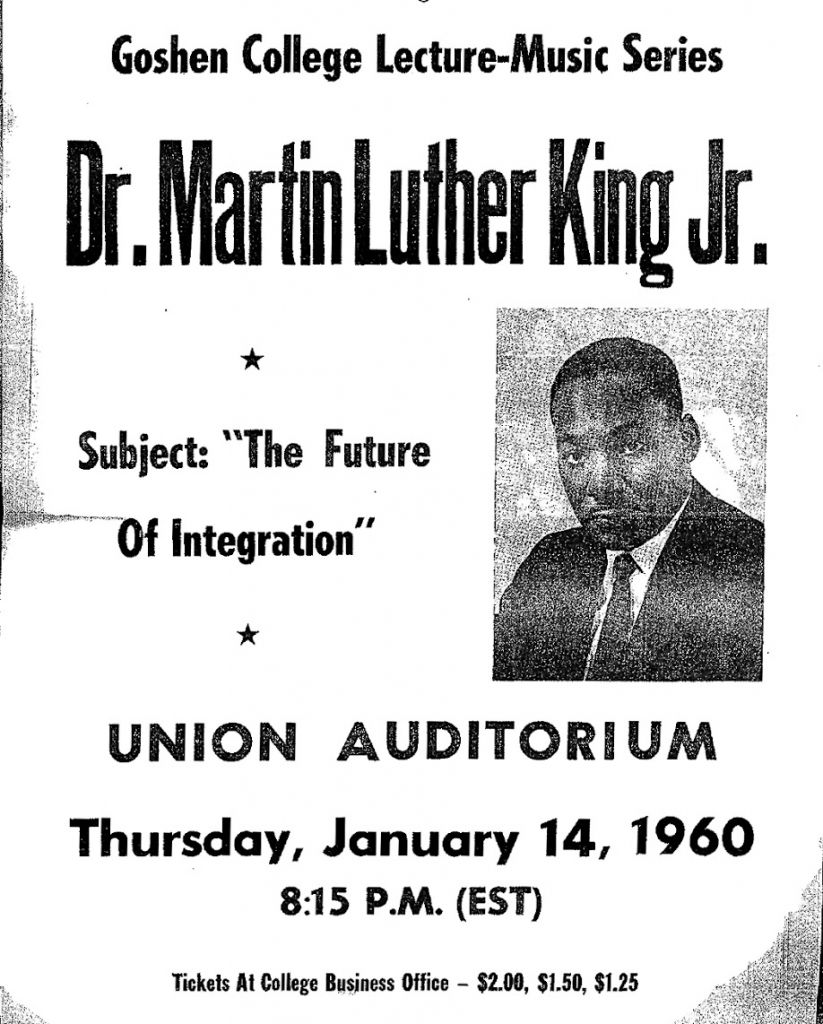
Poster announcing Dr. King’s visit and lecture at Goshen College. -
1968
Black students began weekly informal meetings. In 1969, these meetings lead to the creation of the GC Afro-American Society, a precursor to the Black Student Union (BSU) launched in 1971.
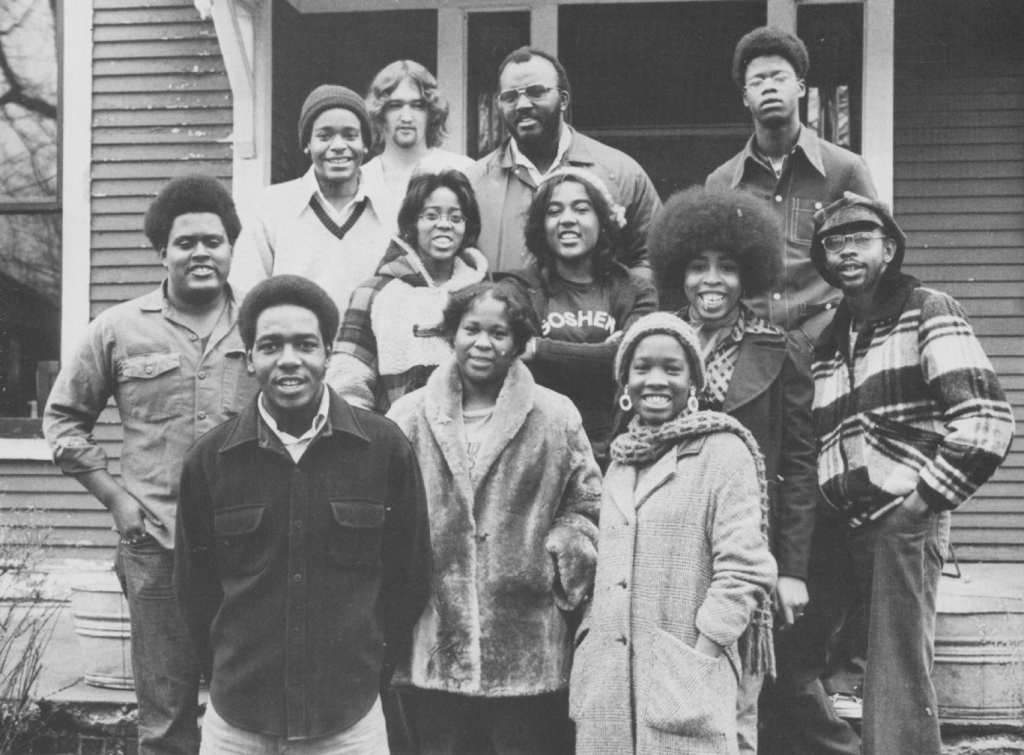
BSU picture in the 1975 Goshen College Maple Leaf – front: Ray Wentz, Rosemary Smart, Gloria Singleton; middle: Leamon Sowell, Debbie Blackwell, Jan Ingram, Brenda Rivers, David McKim; back: George Sharp, George Yoder, Art Griffin, Charles Boswell. -
1969
Lee Roy Berry became Goshen College’s first African-American faculty member. Berry continued to teach at GC through his retirement in 2010.
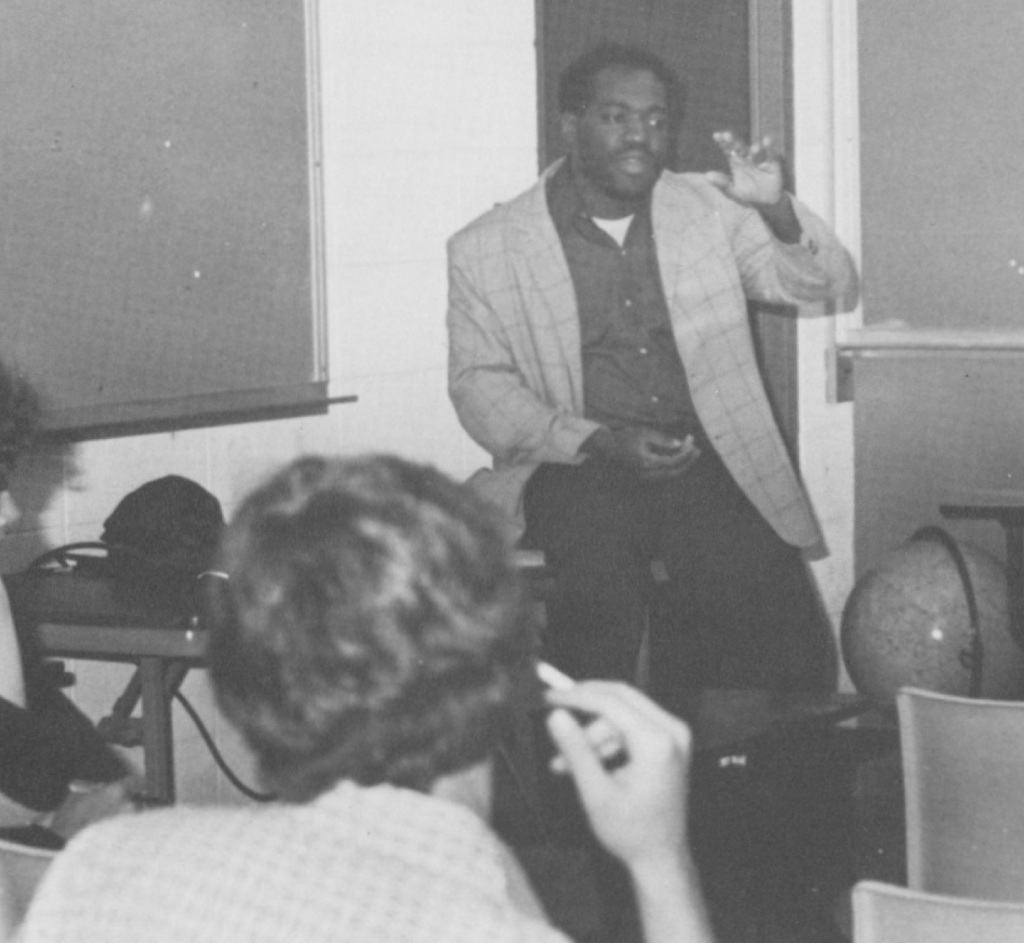
Lee Roy Berry picture in the Goshen College Maple Leaf. -
1970
“Ebony Voices,” a GC gospel choir is formed. In the 1970s, GC also began offering courses in African-American Literature, African Arts, African Culture, Black Theology, and Black History.
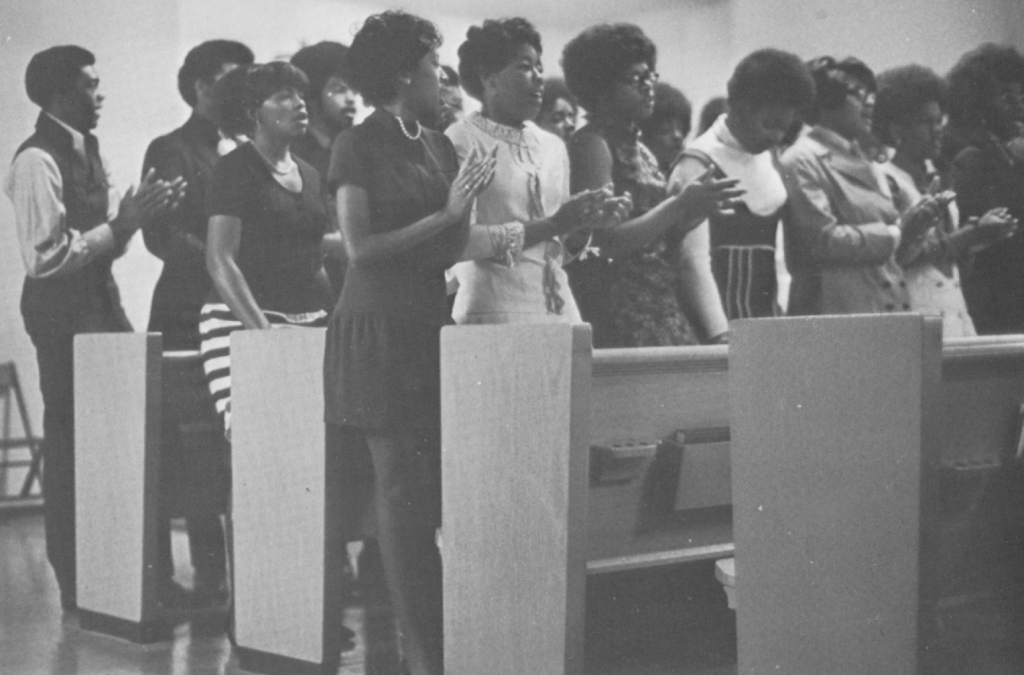
-
1971
With 64 African-American students enrolled, African-Americans represented more than 5% of the GC student population — a number and percentage that has remained a peak ever since.
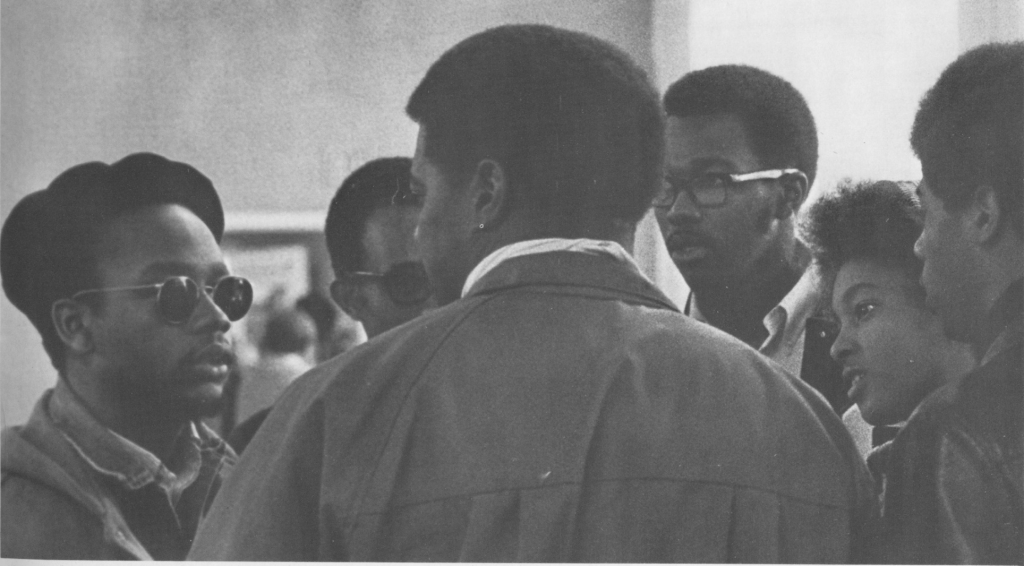
-
1972
Howell House, a Goshen College small-group house, was established as “Black House,” in response to a group of Black students’ request for a Black student small-group housing option.
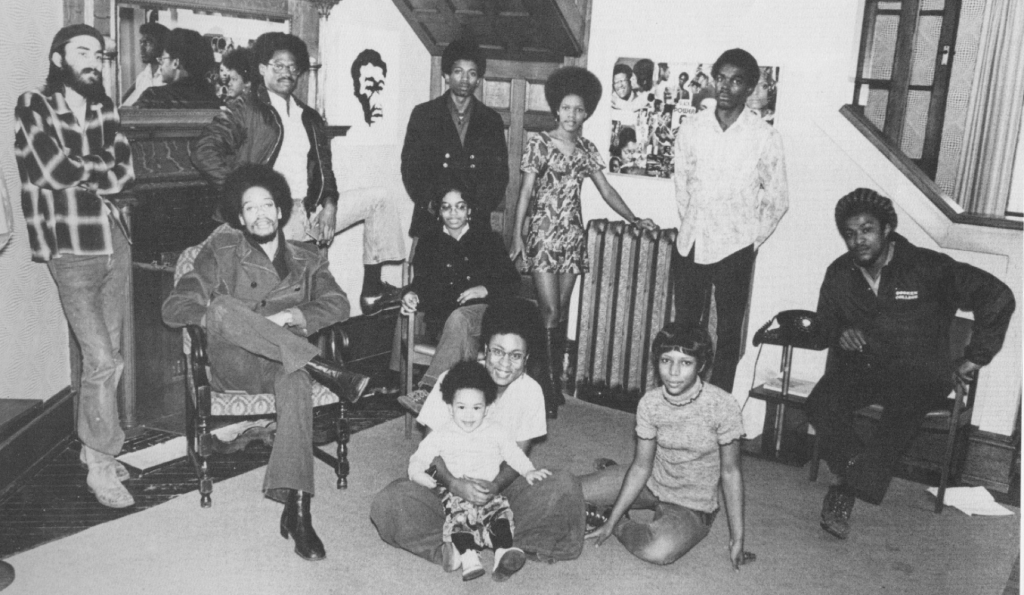
-
1977
The Cross Cultural Relations Center was established to provide academic counseling, promote campus sensitivity to minority students, and provide programs for minority students.
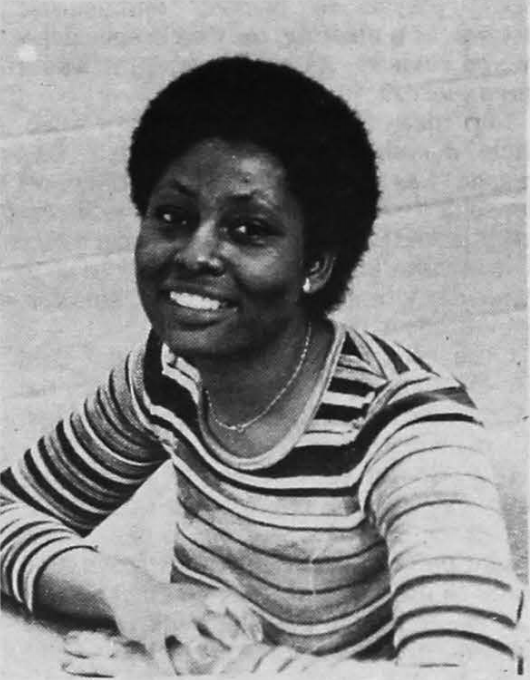
Sylvia Dyson, the first full-time director of the Cross Cultural Relations Center. Photo by Winston Gerig, The Goshen College Record – Vol. 88 No. 2 (September 22, 1978).
-
1979
GC launched the James Lark Leadership Education Program, designed to develop African-American Mennonite lay and professional leadership.
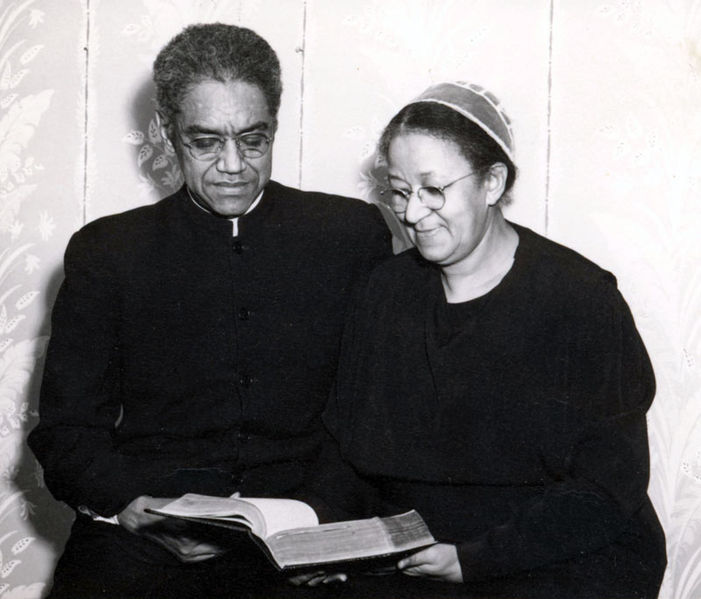
James and Rowena Lark, 1951, Mennonite Church USA Archives -
1992
Goshen College alum Zenebe Abebe ’75 was hired as Vice President for Multicultural Education. In 1993, Abebe helped launch GC’s annual Martin Luther King Jr. Study Day.
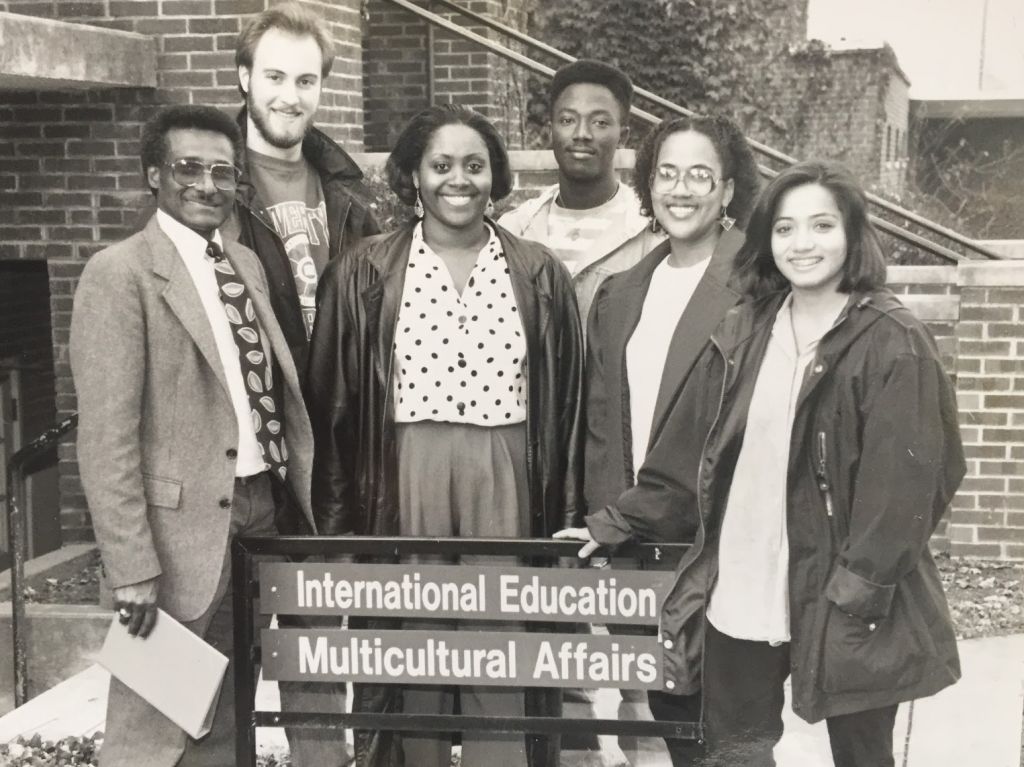
Multicultural affairs staff: Zenebe Abebe, Chris Waltner, Ian Walker, Smith Fleurantin, Enid Rodriguez, Shanti DeFehr (Photo: John D. Yoder)
For more, read “Black, White, Mennonite: African-American Students at Goshen College 1968-1983,” a senior history thesis written by Dominique Burgunder-Johnson ’06, Goshen College VP of enrollment & marketing.




